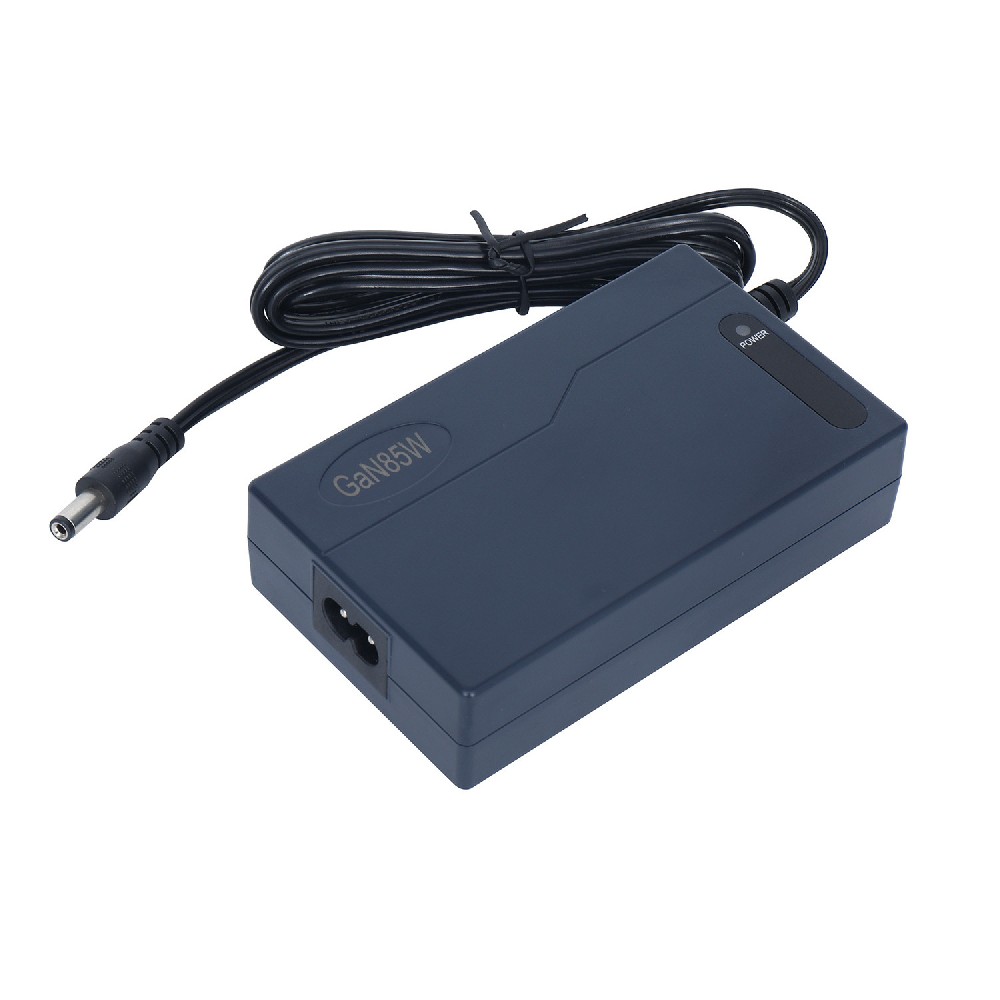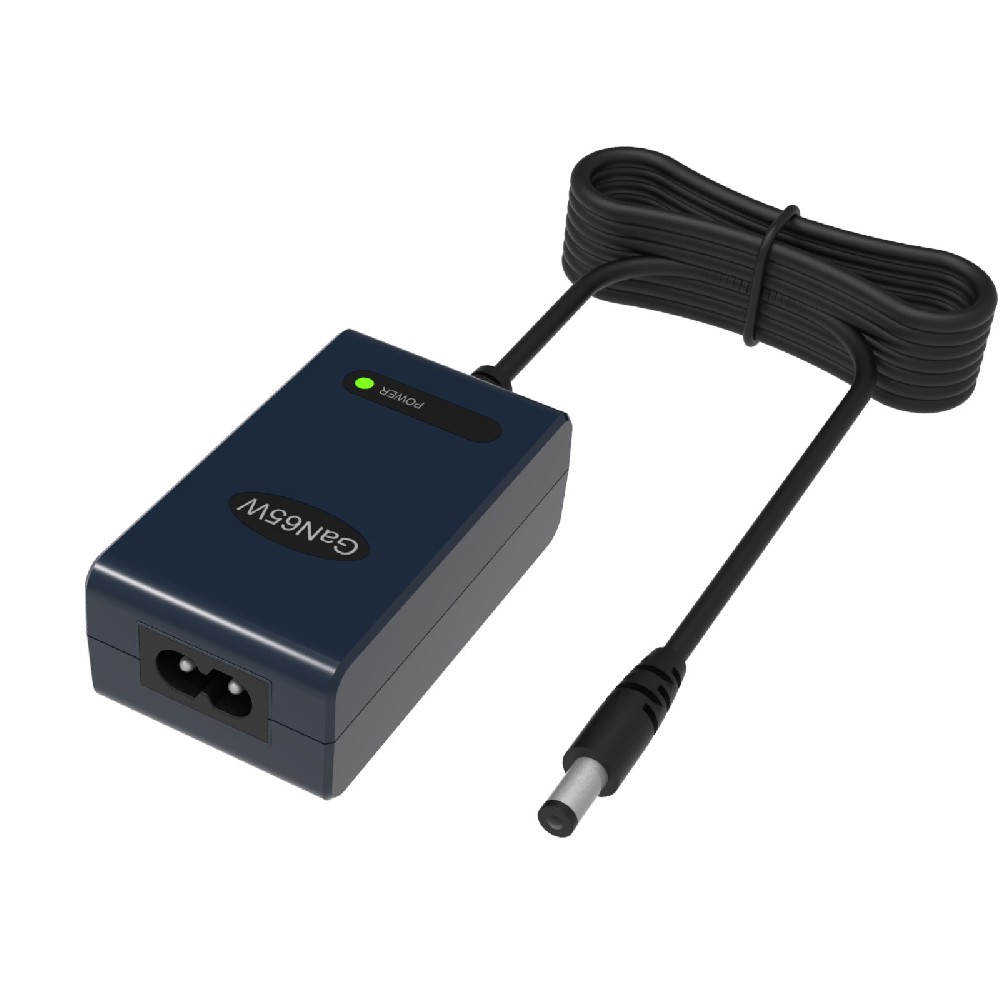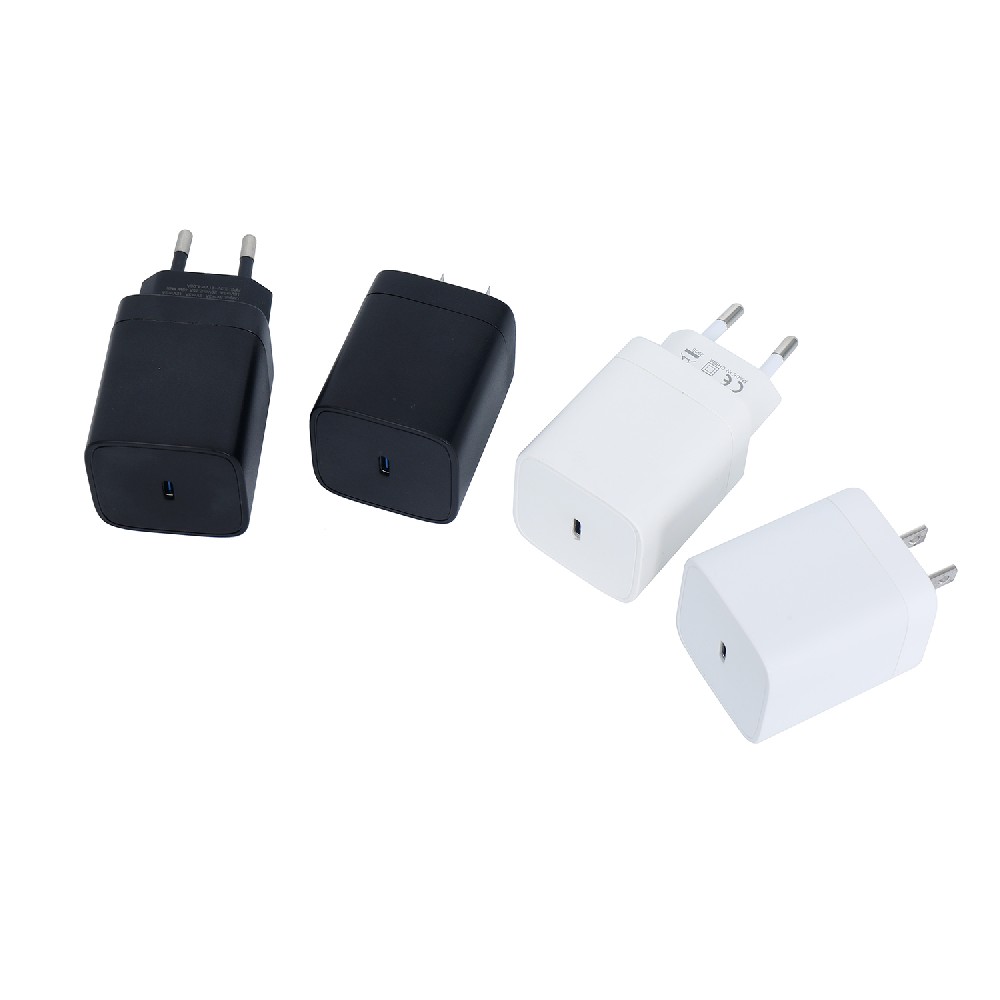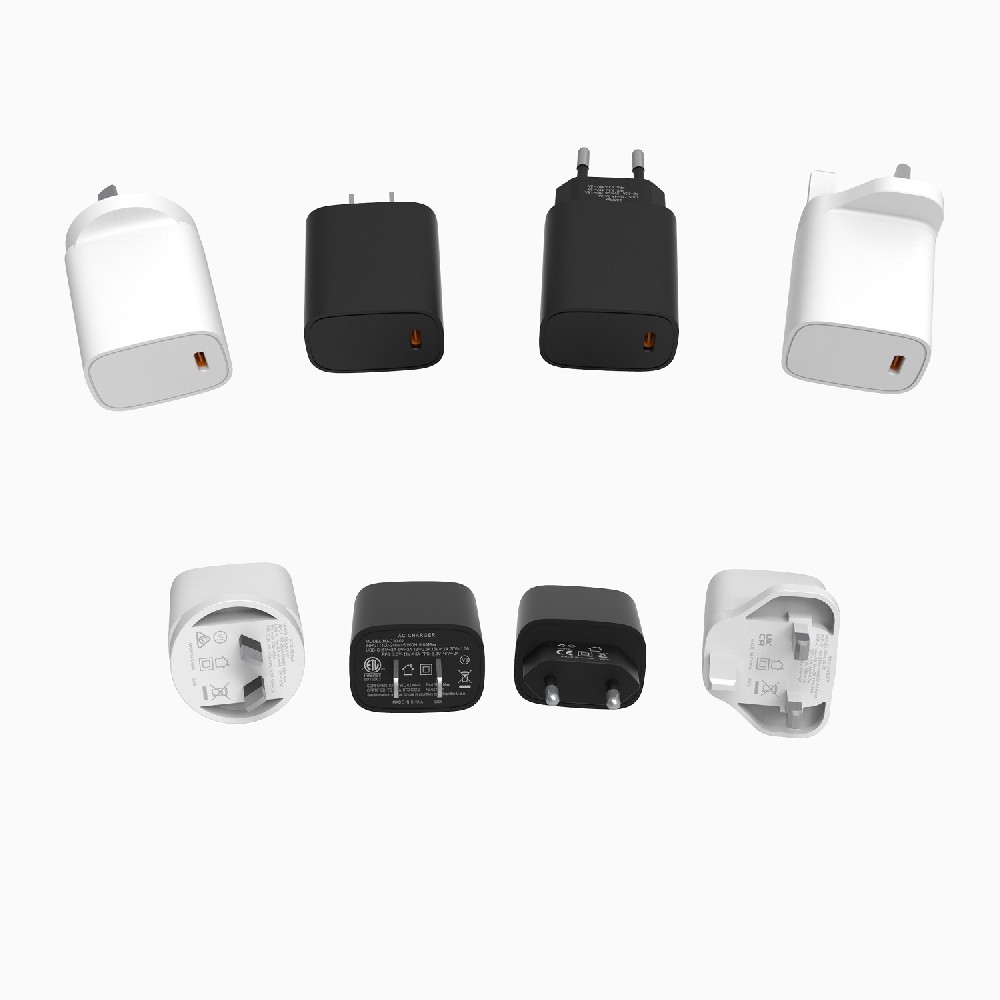Information Center
The Ultimate Guide to Car Battery Replacement: Keep Your Vehicle Running Smoothly and Avoid Unexpected Breakdowns
Published:2023-06-20 10:33:27 Author:Green WCND Views:30Car Battery Replacement: A Guide to Keep Your Car Running Efficiently

Car battery replacement is an unavoidable part of car maintenance. It is a crucial aspect of keeping your car running efficiently. The car battery powers the electrical system of the vehicle and helps to start the engine. Overtime, the battery can degrade and lose its ability to hold a charge, which may result in the need for a replacement.

Here is a comprehensive guide on car battery replacement to help you understand the process and keep your car running smoothly.

Signs that Your Car Battery Needs to Be Replaced
There are several signs that can indicate a weakened battery. If you notice any of the following, it may be time to consider getting a replacement:
- The battery warning light on your dashboard is illuminated. - The engine cranks slowly when starting. - The headlights dim when idling. - The battery is more than three years old.
Steps to Replace Your Car Battery
Replacing your car battery can be a simple process if you follow these steps:
Step 1: Make sure you have the necessary tools and protective gear.
You will need a wrench, a new battery, and gloves to protect your hands while handling the battery.
Step 2: Locate your car battery.
Car batteries are typically located under the hood of the vehicle. Refer to your owner’s manual if you are unsure of its location.
Step 3: Disconnect the battery cables.
Use a wrench to loosen the nut on the negative (black) cable, then carefully remove the cable from the battery. Repeat the process for the positive (red) cable.
Step 4: Remove the old battery.
Use the wrench to remove the nuts and bolts holding the battery in place. Carefully lift the battery out of the car and set it aside.
Step 5: Clean the battery connectors.
Make sure to clean the battery connectors with a wire brush to remove any corrosion or buildup. This will help to improve the connection with the new battery.
Step 6: Install the new battery.
Carefully place the new battery in the same location as the old battery and secure it with the nuts and bolts. Reconnect the positive (red) cable first, followed by the negative (black) cable.
Step 7: Test the new battery.
Start the car to test the new battery. The engine should start smoothly, and the battery warning light should turn off.
Conclusion
Replacing your car battery is a necessary part of keeping your vehicle running smoothly. By following these steps, you can easily replace the battery yourself. Remember, it is essential to dispose of the old battery properly to avoid damaging the environment. You can take it to an auto parts store or recycling center for safe disposal.
Regular car maintenance and battery replacement can help prevent unexpected breakdowns and extend the life of your vehicle. With the right tools, knowledge, and protective gear, you can replace your car battery quickly and efficiently.
The battery pack is the heart of a golf cart, silently powering every acceleration and climb on the green. However, battery degradation often goes unnoticed, mu···
The battery pack is the heart of a golf cart’s power system, yet maintaining it has long been a challenge for technicians. Traditional troubleshooting methods—···
For golf course managers, ensuring smooth and efficient operations is crucial for providing a memorable experience for golfers and maintaining the reputation of···
A battery tester ensures golf course cart batteries operate efficiently and reduces downtime through the following ways:I. Precise Battery Condition DiagnosisOp···





